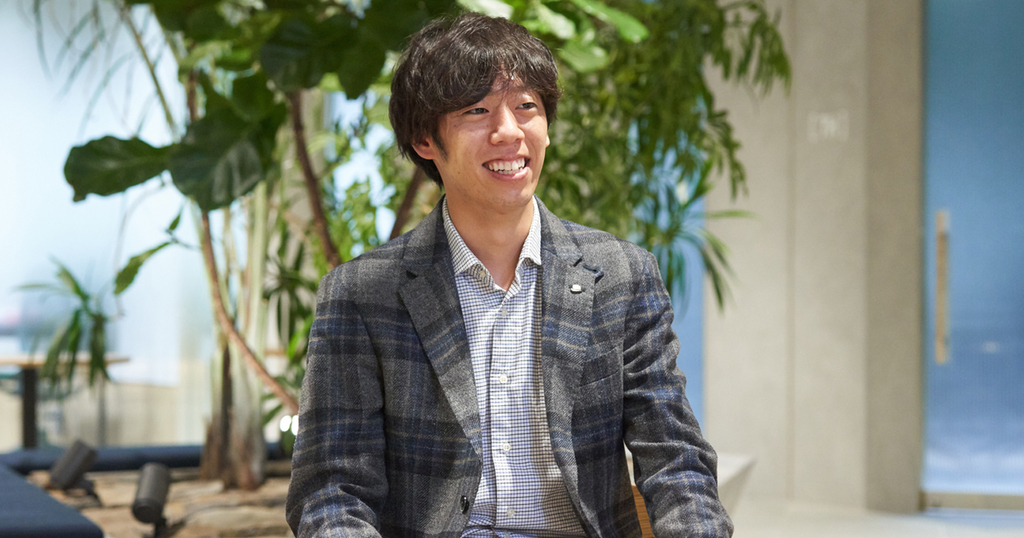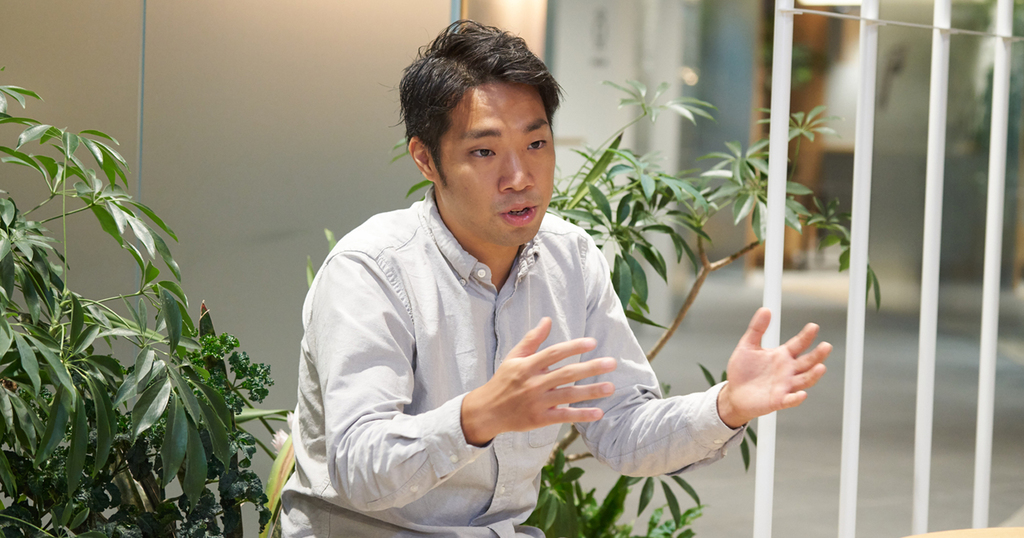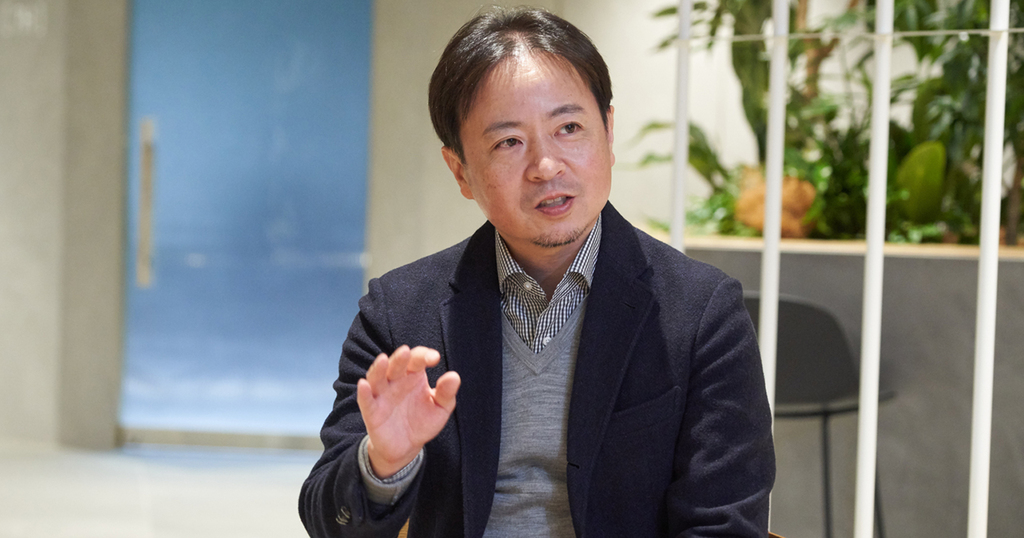Note: This website was automatically translated, so some terms or nuances may not be completely accurate.
The Current State of DOOH: Its Evolution and Outlook Beyond the Pandemic (Part 2)
For a long time, OOH (Out-of-Home) advertising has been a beloved form of advertising. Did you know that technological innovation has evolved it into "DOOH = Digital OOH," utilizing digital signage and similar technologies?This time, we interviewed Mr. Wataru Kawaguchi, Mr. Shota Geno, and Mr. Haruki Kobayashi from LIVE BOARD, Inc., a company specializing in digital OOH. In Part 1, we introduced the strengths of digital OOH, such as "real-time information targeting."
In this concluding second part, we explore practical applications of digital OOH through case studies, focusing on aspects like "data utilization." We also delve into LIVE BOARD's vision for the future of advertising.
Data utilization significantly expands the scope of OOH planning and creative possibilities
Q. To revisit the question: How has the digitization of OOH enabled new ways to utilize data, and what capabilities has it unlocked?

Q. It's clear that digitalization has driven a dramatic evolution in OOH. What do you consider to be the most easily understandable cutting-edge examples?

Overcoming COVID-19 Challenges with Data Power, Aiming for "Triple Screen"
Q. OOH has been significantly impacted by the pandemic, hasn't it? There was even a period when it seemed pointless to use OOH because people stopped going out. But the situation has gradually changed since then. What is your outlook for the future?

Q. There are many players specializing in digital OOH. What do you see as LIVE BOARD's strengths?
Q. Recentefforts in the"metaverse" are expanding. In other words, "virtual spaces" are rapidly growing. How do you envision the future of OOH within this context?

Digital OOH has brought about a truly revolutionary change. It's not just that display surfaces became screens or displays; the shift to data delivery dramatically improved the immediacy, flexibility, and precision of ad placement. This not only addresses the weaknesses of traditional OOH but also enhances the unique strengths that only OOH can offer. The potential of digital OOH will likely continue to expand significantly.
Furthermore, the proliferation of technology and the metaverse will expand our "living spaces" beyond traditional boundaries, blurring the lines between online and offline. Wherever people live and move, OOH will be present. New media development will continue to advance rapidly. This is another area well worth keeping an eye on.
The information published at this time is as follows.
Was this article helpful?
Newsletter registration is here
We select and publish important news every day
For inquiries about this article
Author

Shota Gen'ōen
Posterscope
Account Manager
I have been with the OOH Division for approximately six and a half years since joining the company. For the past five years, the OOH Division has operated an exchange program with Posterscope, DAN's OOH specialist brand. As the third assignee under this program, I have been working at Posterscope since 2019. My team members come from diverse nationalities (including the UK, France, Brazil, Australia, and Vietnam). I strive daily to advance the OOH business while engaging with a variety of perspectives.

Haruki Kobayashi
LIVE BOARD, Inc.
Insights Department
Manager
After joining Dentsu Inc., I worked in the Out-of-Home Media Division developing "OOH LIQUID," an OOH effectiveness verification method utilizing location data. I was subsequently seconded to LIVE BOARD Inc. At LIVE BOARD, I support the development of planning tools utilizing Docomo data (Mobile Spatial Statistics® and other location data), and handle data-driven planning and effectiveness verification. (※"Mobile Spatial Statistics" is a registered trademark of NTT DOCOMO, INC.)

Wataru Kawaguchi
LIVE BOARD, Inc.
Director, Strategy Department
Director
Joined NTT Mobile Communications Network, Inc. (now NTT DOCOMO) in 1998. Engaged in mobile phone agency sales, corporate advertising and promotion, and new business development. Founded LIVE BOARD, Inc. in 2019 and was seconded to the company in February of the same year. At LIVE BOARD, serves as Director and Head of Strategy, overseeing management strategy, public relations, and human resources and general affairs.


